Serpentine Grace
Frightened of snakes? Don’t be!
Snakes are not to be feared but to be respected. If you encounter one, the snake is unlikely to attack or bite unless provoked. Snakes would rather not encounter humans, and it is probably as scary for them as it is for you!
Important Role
Snakes also play important ecological roles. First, they help in pest control. For example, pythons act as vital biological controls for the local rodent populations. Next, snakes ensure a balanced ecosystem. They are vital components of the food web, acting as predators of small animals and as prey to larger mammals and birds.
Did you know that there are over 60 species of snakes in Singapore, each with its unique features and grace? Snakes in Singapore are active throughout the year due to our tropical climate.
Get to know these five snakes you can find on our island.
Twin-barred Tree Snake
Photo credit: Cai Yixiong
The Twin-barred Tree Snake (Chrysopelea pelias) has a slender body with a relatively flat head that is distinct from the rest of its body. It is grey above with a series of broad, red saddles on its back. Each saddle is separated by narrow white bands with black edges.
The Twin-barred Tree Snake can also ‘fly’, adopting a ‘J’-shaped posture and launching itself from heights, gliding from the crowns of trees! It inhabits forests and can be found on Pualu Ubin and the Central Catchment Nature Reserve.
Oriental Whip Snake
Photo credit: Cai Yixiong
One of the more commonly sighted species in Singapore is the Oriental Whip Snake (Ahaetulla prasina). Growing up to 2 m in length, this slender snake is usually well-camouflaged amongst bushes and shrubs. Adults are bright fluorescent green above while the juveniles are yellow to pale brown in colour. It is easily identified by its eye’s pupil that is horizontally elongated.
It inhabits forest edge, scrublands and gardens, feeding on lizards, frogs and small birds. While its bite is mildly venomous, it is usually not aggressive. The Oriental Whip Snake gives birth to live young!
Wagler’s Pit Viper
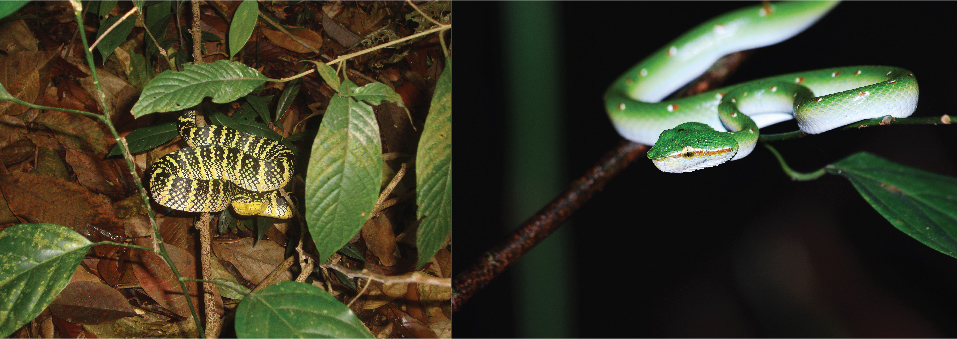
The male and female Wagler’s Pit Viper
Photo credit: Cai Yixiong and Daniel Ng
The male Wagler’s Pit Viper male (Tropidolaemus wagleri) stays small and retains its juvenile colour pattern (green with pairs of red and white spots or short bars along its back and a red-and-white stripe along the sides of its head) in adulthood.
On the other hand, the female may grow up to 1 m in length and will undergo a complete colour pattern transformation. The adult female has green spots and yellow bands, and a greenish white underside with yellow patches.
Nocturnal and arboreal, this native species feeds on small vertebrates. The Wagler’s Pit Viper can be found be in the forests of Bukit Timah and Central Catchment Nature Reserves as well as on Pulau Tekong.
Striped Kukri Snake
Photo credit: Noel Thomas
The Striped Kukri Snake (Oligodon octolineatus) is an attractive creature with an orange stripe down the middle of its back, flanked by three thick lines on each side.
It is non-venomous and as a ground-dwelling snake, it can normally be found in forests and scrublands where it hunts for frogs and lizards. It is a common snake that can be found across the island.
Paradise Tree Snake
Photo credit: Noel Thomas
Although mildly venomous, the Paradise Tree Snake (Chrysopelea paradisi) is generally harmless to humans. Found throughout nature areas in Singapore, it can grow up to 1.3 m in length and has a slender body with a relatively flat and distinct head.
Viewed from above, the snake is black with a green or yellow spot on each dorsal scale. Individuals may have red spots grouped in four along the middle of the back, forming a row of ‘flower’ patterns. A tree-dweller, it feeds on lizards and small birds.
What to Do if a Snake Enters Your House
If you encounter a snake, move away slowly and admire it from a safe distance. Do not attempt to handle the snake. Leave it as it is, especially if you encounter it in its natural habitat.
But if you find a snake in your home, here are important things to do:
1. Keep your distance from the snake and call for professional help. The snake may try to find a dark and secure place to hide. By observing it from a safe distance, animal management specialists can quickly locate it when they arrive.
2. Ensure that your family members keep away. Children and pets like dogs and cats may be naturally curious and try to approach the snake.
3. If the snake is found in a room, close all doors except for those that lead to the outside like balcony, patio or front doors. Sometimes the snake will look for an escape route and will use these openings.
4. Find out why the snake came to your house. This could be the result of rodent infestation or pests on your property. Improper waste disposals can attract pests which in turn, attract snakes.
You can learn more about managing snakes here.
Learning More
If you are visiting our green spaces, mask-wearing in outdoor settings such as parks, gardens and nature reserves is optional but continues to be required when you visit our indoor facilities, such as museums, galleries and enclosed visitor centres.
Do check out the visitorship levels of our parks using our safe distancing portal before you head down and avoid the ones with high visitorship. Learn about some simple do’s and don’ts when visiting our Nature Reserve and Nature Parks here.
Visit NParksSG, our refreshed YouTube channel that serves as a one-stop repository for more than 300 video resources. It also provides you a platform for existing and future digital outreach including DIY gardening and related crafts, virtual tours of our green spaces, and livestream events.
For more information about the flora and fauna found in Singapore, please visit NParks Flora and Fauna Web.
If you like what you read, follow us on Facebook, Instagram and Telegram to get the latest updates.


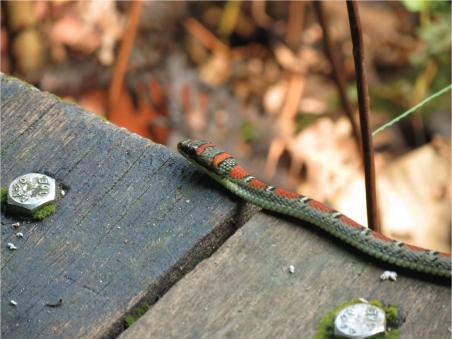
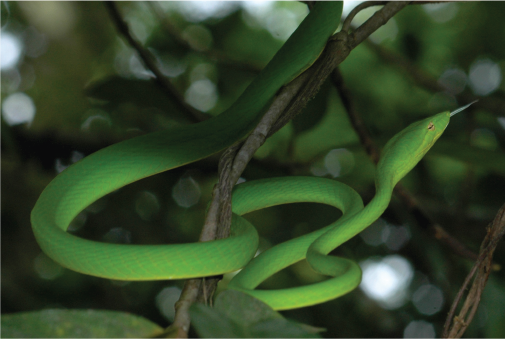
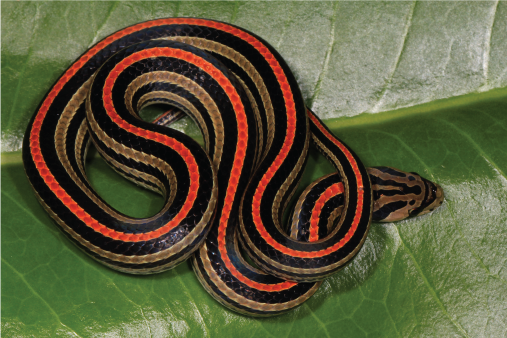
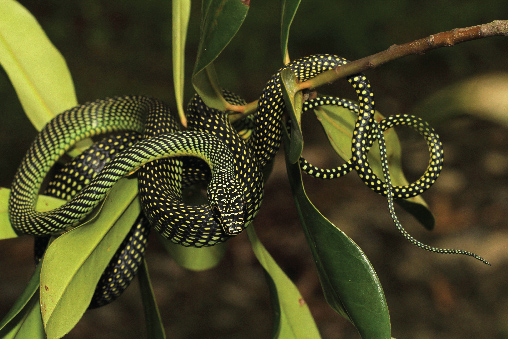
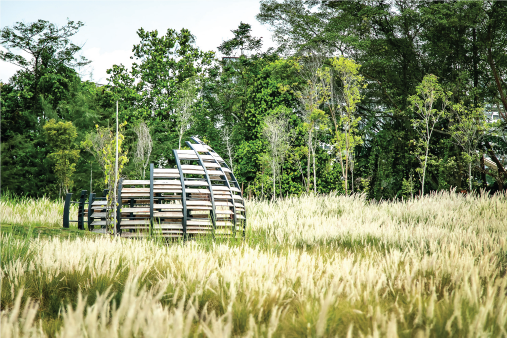
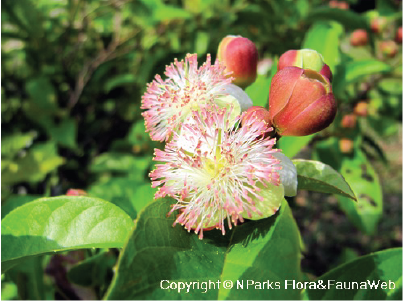
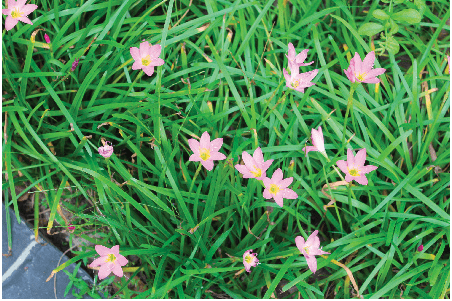
Have views or comments on this article? Let us know via this form. If you would like to give us feedback on any other areas relating to our parks and gardens, please submit via https://www.nparks.gov.sg/feedback